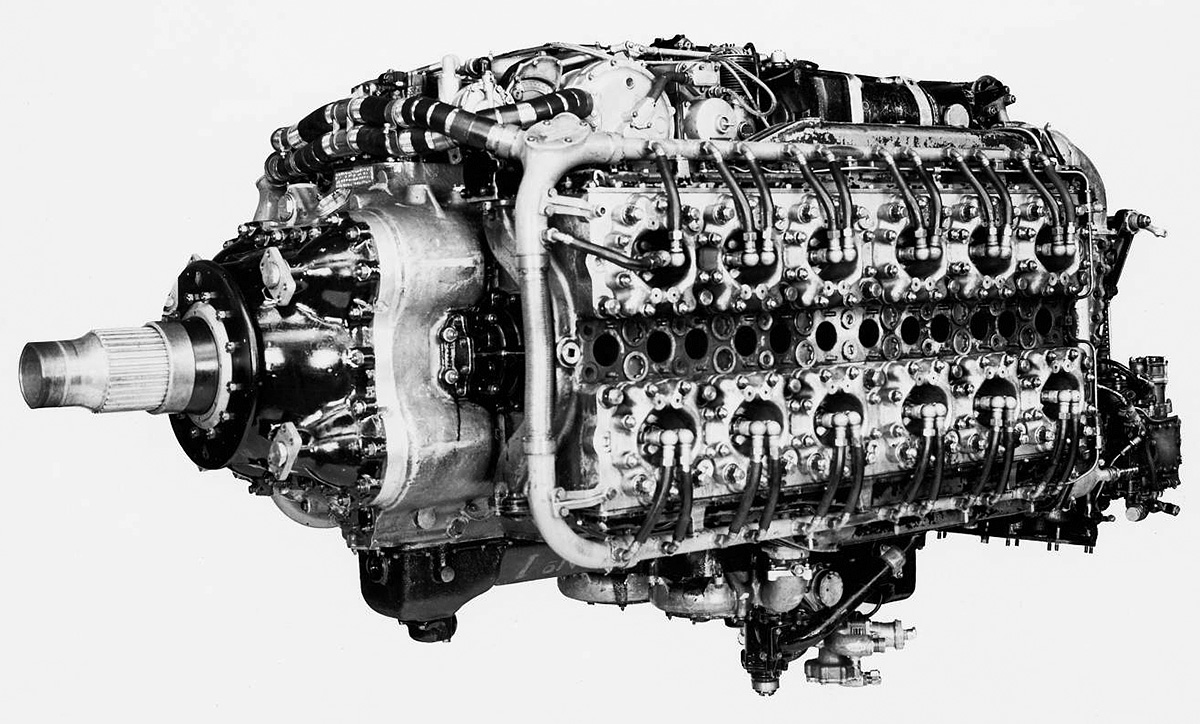I've never been able to find anyone who can definitely tell me whether it's solely the presence of the Merritt-Brown gearbox, or if the type of suspension it has contributed anything to that ability.Do the British have anything else which can climb hills as well as the Original Timeline Churchill?
Because at some point the British are going to be going up hills and something which takes Axis troops by surprise and has them going 'how the heck did that get up here?' before surrendering is going to be useful.
(Wikipedia claims the Germans had a 'oh ****, we're in deep trouble aren't we?' reaction to Churchills turning up during the original timeline (2nd) Battle of Longstop Hill in Tunisia, which I think may be some of the work in 'hilly terrain' that your reference book is referring to?)
https://en.wikipedia.org/wiki/Battle_of_Longstop_Hill
Vickers threw out the loading0gauge requirement with the Victor, but the Victor doesn't have an A-number designation AFAIK, while the A22 does. In addition, the design of the A22 was started in June of 1940, long before detailed plans of the Victor could be drawn up, so Vickers' decision to disregard the loading-gauge requirement wouldn't really have an effect on it.22 were required to be in british loading gauge, which in TTL there wouldn't be this restriction. so the designer can widen the tank by at least 10". This is TTL A22 not OTL A22.
Most of what tanks fire at in this period aren't other tanks. In addition, tank-carrier HEAT shells have been known about since 1940, as they captured some German ones. HESH ought to be viable too.25 pdr is a good HE gun and a mediocre AT capability (without HEAT). 75mm HV will have a good AT capability and a moderate HE capability.
The '75mm' HV will probably come close.We haven't got to the stage in tank gun design where you can have the best of both worlds and probably won't until the 105mm L7 equivalent comes out.
Yep. Heck, except for the ammunition you could probably put the Jumbuck in with the Valiant units, provide some heavy anti-emplacement firepower.90% of the time you won't need a Victor to carry out a fire support mission and the cheaper Jumbuck is a good option. It's made in different factories using proven parts and doesn't really cut in to the production of Victors. Better to have one more armoured division of Victors and a few regiments of Jumbucks for PBI than take front line tanks away from the armoured divisions
